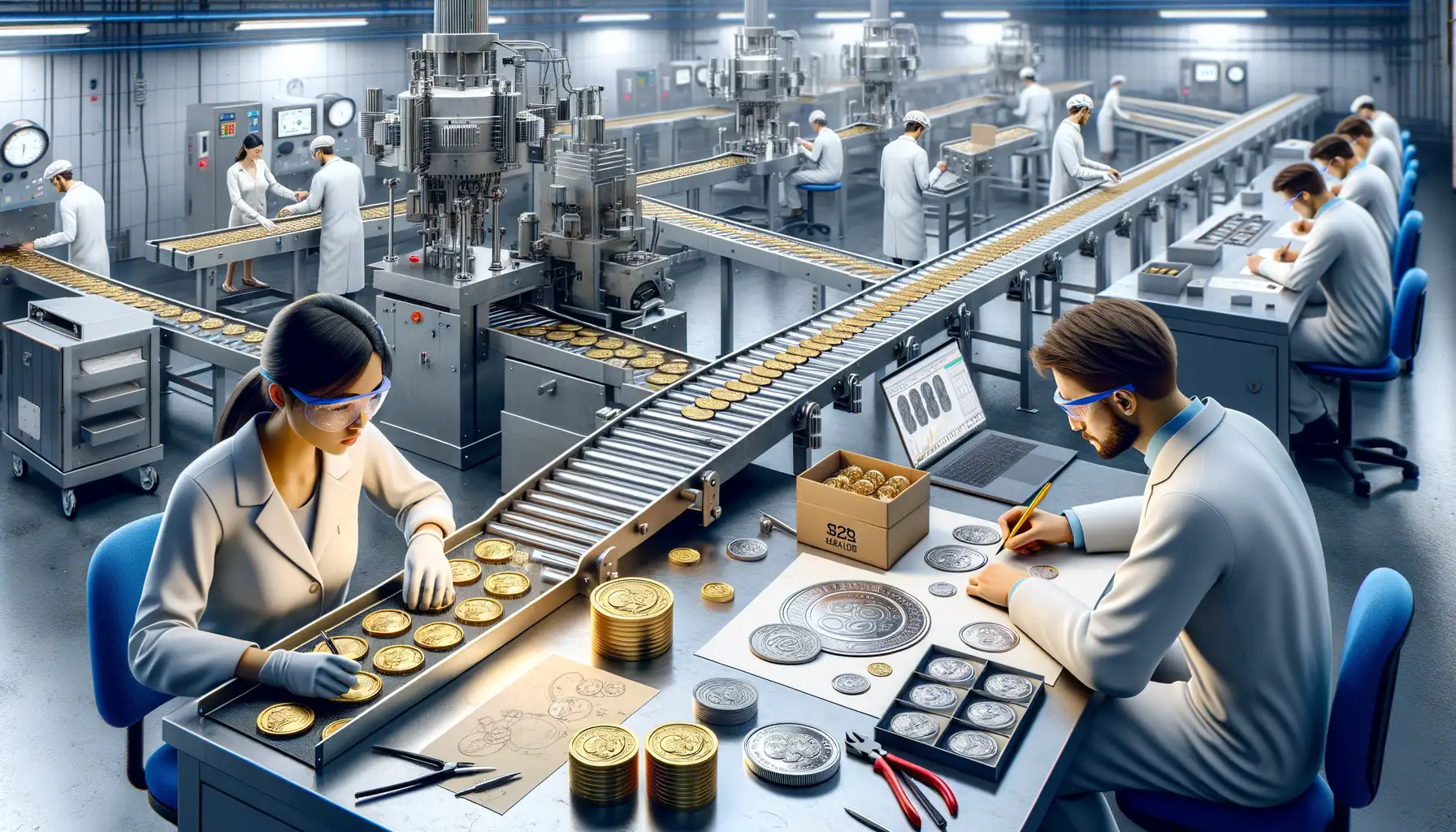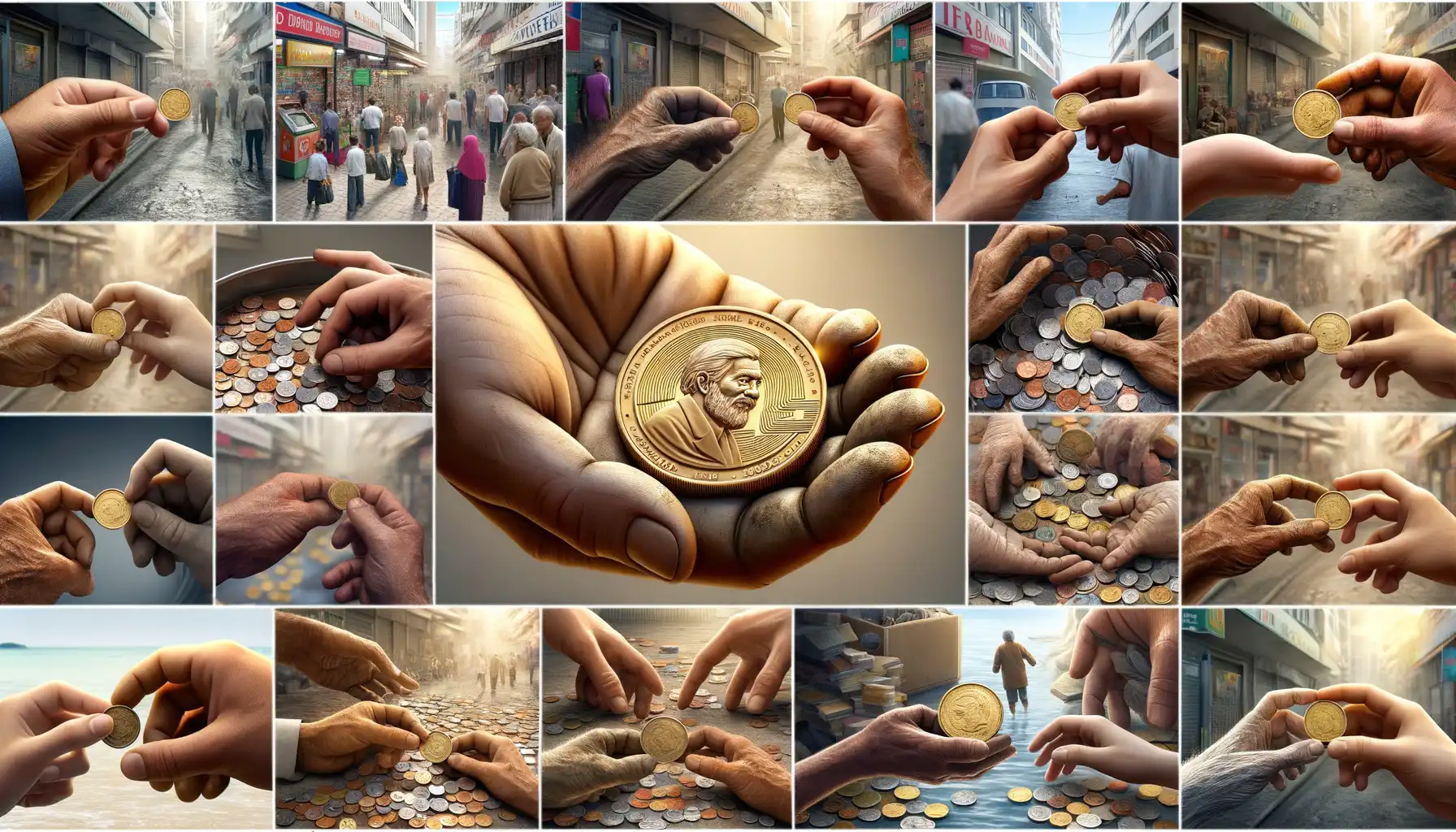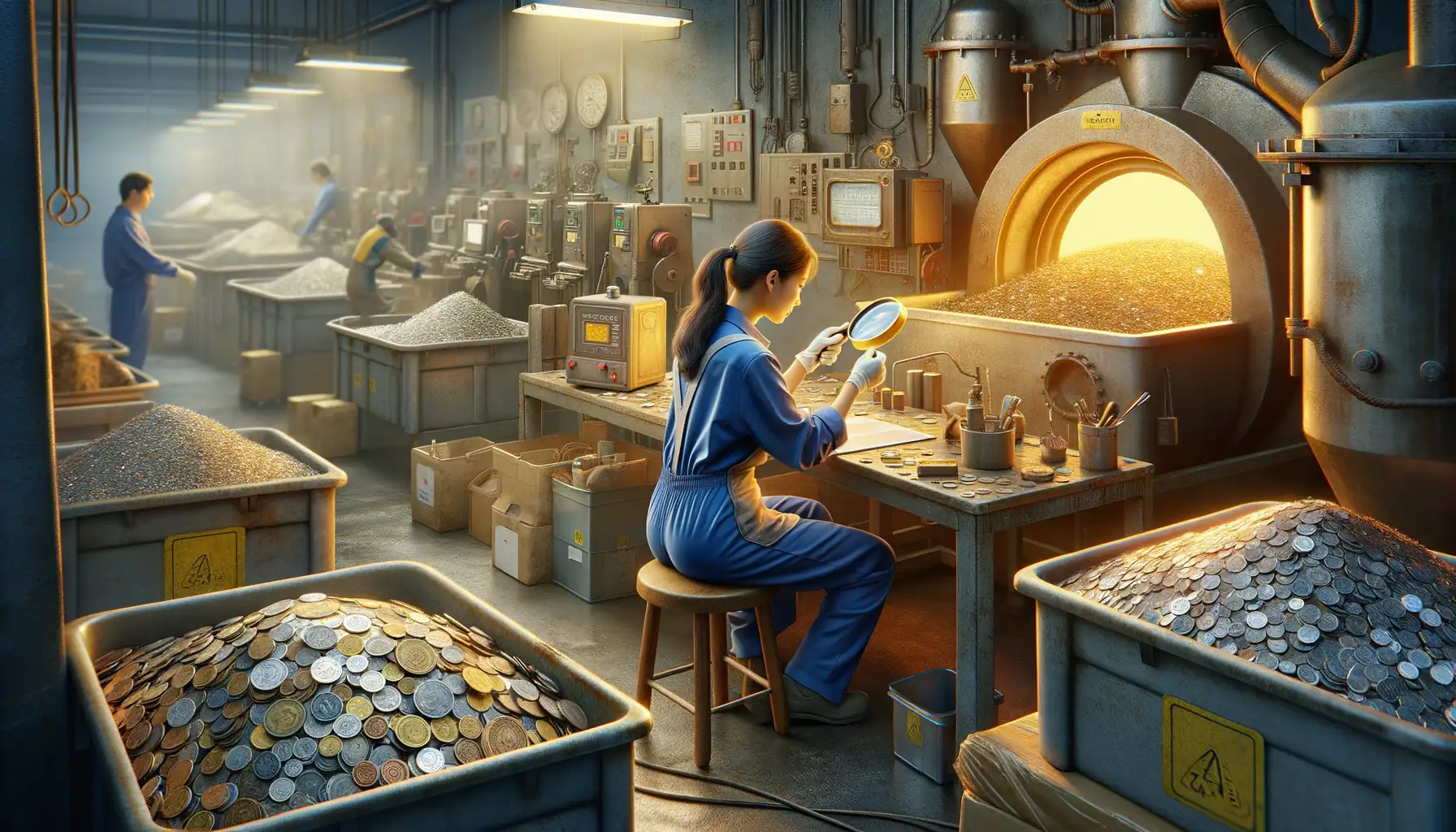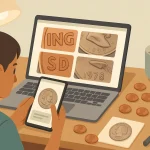The Process of Minting Coins
From Metal Blanks to Gleaming Masterpieces
Have you ever held a shiny coin and wondered how it came to be? The process is nothing short of magical—transforming raw metal into the tiny works of art jingling in your pocket. At its heart, minting is a blend of precision engineering and artistic flair.
It all begins with metal blanks. These flat, circular pieces are cut from enormous sheets of metal, each destined to become something valuable. Imagine them as blank canvases waiting for their masterpiece. Once ready, they enter the stamping phase, where the real magic happens. Enormous presses, capable of exerting tens of tons of pressure, slam down onto the blanks, imprinting intricate designs. Think of it like a blacksmith forging a sword—only here, the result is far shinier!
- The front (or obverse) is emblazoned with iconic imagery, like a famous figure or national emblem.
- The back (or reverse) often carries important dates, values, or additional artwork.
The room hums with energy as thousands of coins are struck in mere minutes. Each press tells its own rhythmic story, transforming lifeless metal into something alive with history and purpose.
The Secret Sauce: Heat, Precision, and Care
Before stamping, the blanks aren’t just left cold and dull. They’re softened through a process called annealing, where intense heat makes the metal pliable—like warming wax before shaping it. Then, they take a dip in baths of chemicals to get rid of impurities, ensuring they emerge squeaky clean and ready for their makeover.
Once minted, a fresh batch gleams with perfection, radiating pride and craftsmanship. And that’s just the beginning of their journey—one that will see every coin pass through countless hands and tell untold stories.
Quality Control and Design of Coins

The Art of Crafting Coins
Every coin you hold is more than just metal—it’s a masterpiece in miniature. The process of designing coins is where creativity meets precision. Have you ever noticed the intricate details on a coin, like the delicate curves of a face or the lettering that seems impossibly sharp? That’s not an accident. Designers pour weeks, even months, into perfecting every element.
Each design starts as a hand-drawn sketch, often inspired by history, culture, or even nature. From there, it gets transformed into a 3D digital model, ensuring every ridge and contour will shine (literally!) when struck into metal. Think of it as sculpting, but at a microscopic level.
Stringent Quality Checks: Because Perfection Matters
Once a coin is minted, it’s immediately inspected to ensure it meets strict quality standards. Imagine a symphony conductor scrutinizing every player’s performance—that’s how meticulous this stage is!
Here’s how the process unfolds:
- Visual Inspection: Experts examine coins for scratches, uneven edges, or any flaws that would mar their beauty.
- Dimensional Testing: Sophisticated machines measure thickness, diameter, and weight down to the tiniest fraction of a millimeter.
- Durability Checks: Coins are tested to withstand daily handling, so they won’t wear out after a few trips through your wallet.
It’s a dance between technology and human skill, ensuring each coin leaves the mint in flawless form, ready to tell its story in your hands.
Distribution of Coins to Financial Institutions

From Vaults to Your Wallet
Ever wondered how those shiny coins clink into your hands after they’re minted? Their journey is anything but mundane. After being crafted with perfection and passing rigorous quality checks, coins are whisked away to secure vaults at the U.S. Mint—or other national mints around the globe—where their real adventure begins.
These vaults act like bustling hubs, coordinating with financial institutions, such as banks and credit unions, to ensure coins find their way into our daily lives. It’s almost like matchmaking: the mints balance supply and demand, while financial institutions play middlemen, getting the right denominations where they’re needed most—whether it’s a small-town farmer’s market or a buzzing city arcade.
The Logistics Behind the Clink
The distribution process is a carefully choreographed operation, involving:
- Transporting coins in armored vehicles for maximum security.
- Sorting and allocating specific amounts based on local demand patterns.
- Partnering with regional Federal Reserve Banks or equivalent central authorities to streamline delivery to branches.
Picture this: those quarters you use for laundry might have traveled thousands of miles, from a mint to a banking facility and finally to your pocket. Every coin has its own “passport stamp,” connecting communities across the nation.
The Lifespan and Circulation of Coins

How Long Do Coins Really Stick Around?
Have you ever stopped to think about the quiet, tireless life of a coin? A single quarter might feel weightless in your palm, but its journey is anything but ordinary. Most coins enjoy a surprisingly long life—around 25 to 30 years. That’s decades of jingling in pockets, slipping into vending machines, and being tossed into fountains with whispered wishes.
What keeps a coin alive that long? It’s all about durability. Unlike paper money, coins are built tough, designed to withstand endless tumbles and scratches. But don’t get too sentimental—coins are not immortal. Over time, they lose their shine, edges wear down, and some even face the dreaded fate of getting lost forever under car seats or between couch cushions.
The Social Life of a Coin
Coins are natural travelers. Picture this: a penny minted in Philadelphia might find itself paying for tacos in Texas or being dropped into a bus fare box in Seattle. And while you may only hold onto a specific coin for a short moment, it likely changes hands countless times before its final days.
To put it into perspective, here’s what a coin’s “social calendar” might look like:
- Starting fresh at a bank or retail register.
- Passed from customer to vendor in markets, cafés, and shops.
- Deposited back into banks, ready to circulate all over again.
Each coin carries stories of commerce, daily exchanges, and even history. Who knows? The dime jingling in your pocket could have once been part of a soldier’s pay or a child’s first piggy bank treasure. Coins live vibrant lives—if only they could talk!
Recycling and Retirement of Old Coins

The Second Life of Coins
Have you ever held an old coin that’s scratched, worn, and seemingly past its prime? These little metal workhorses have been through countless hands, vending machines, and piggy banks. But what happens when they’ve truly reached the end of their journey? Coins, like people, have a retirement phase—and it’s far from being left to gather dust.
When coins are no longer fit for circulation—too damaged, corroded, or bent—they begin a fascinating recycling process. Old coins are carefully collected by banks, governments, or even during public exchange programs. Instead of letting these treasures vanish into landfills, they’re melted down and reborn as raw materials ready to be used again.
- Some metals become part of new, freshly minted coins.
- Others may go on to create industrial parts, jewelry, or even art installations!
Think about it: that penny in your pocket might contain a tiny fragment of a coin from decades ago. The recycling process isn’t just practical—it’s poetic, preserving the past while creating something entirely new. Coins get to start over, proving there’s always value to be found—even in retirement.




